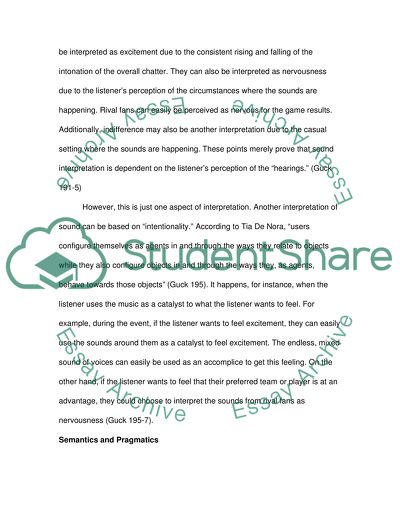Cite this document
(“Sounds Analyses in a Sports Event Essay Example | Topics and Well Written Essays - 2250 words”, n.d.)
Retrieved from https://studentshare.org/sports-and-recreation/1415373-sounds-analyses-in-a-sports-event
Retrieved from https://studentshare.org/sports-and-recreation/1415373-sounds-analyses-in-a-sports-event
(Sounds Analyses in a Sports Event Essay Example | Topics and Well Written Essays - 2250 Words)
https://studentshare.org/sports-and-recreation/1415373-sounds-analyses-in-a-sports-event.
https://studentshare.org/sports-and-recreation/1415373-sounds-analyses-in-a-sports-event.
“Sounds Analyses in a Sports Event Essay Example | Topics and Well Written Essays - 2250 Words”, n.d. https://studentshare.org/sports-and-recreation/1415373-sounds-analyses-in-a-sports-event.


